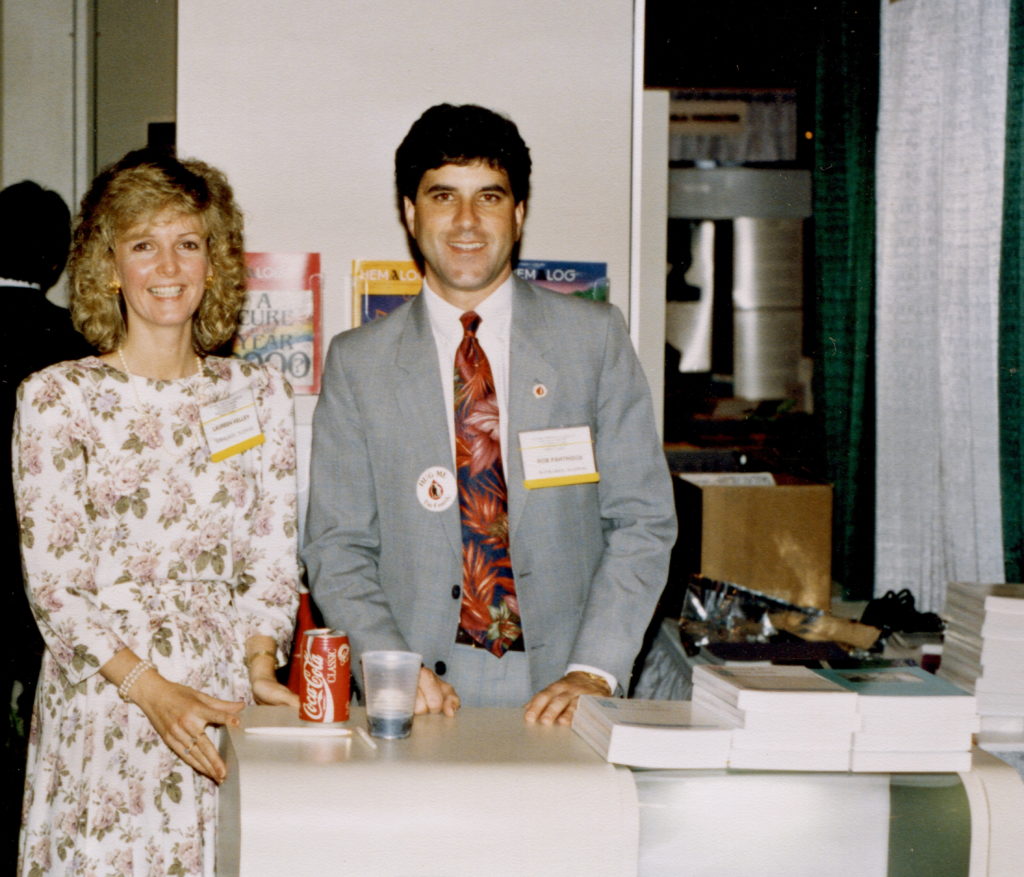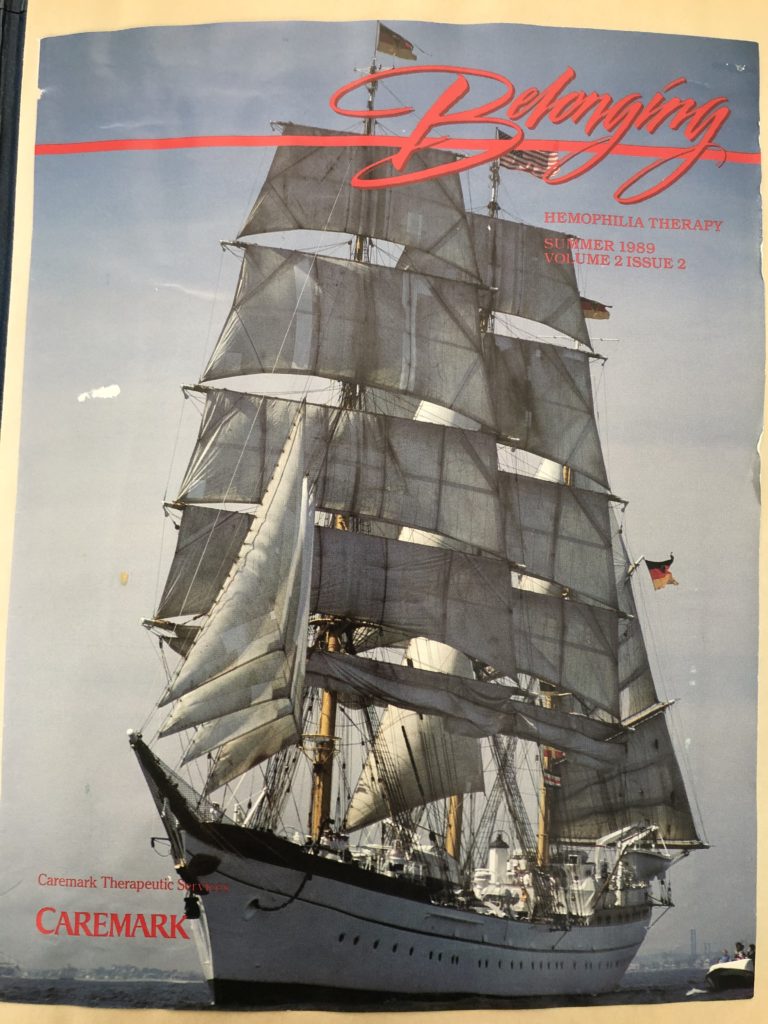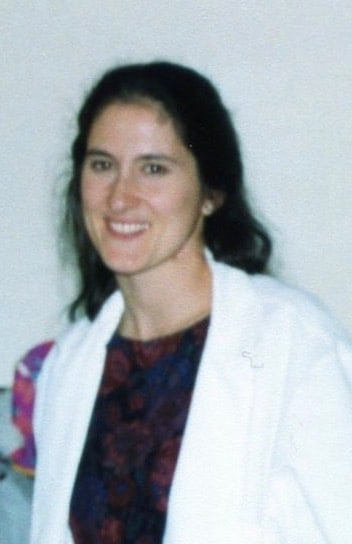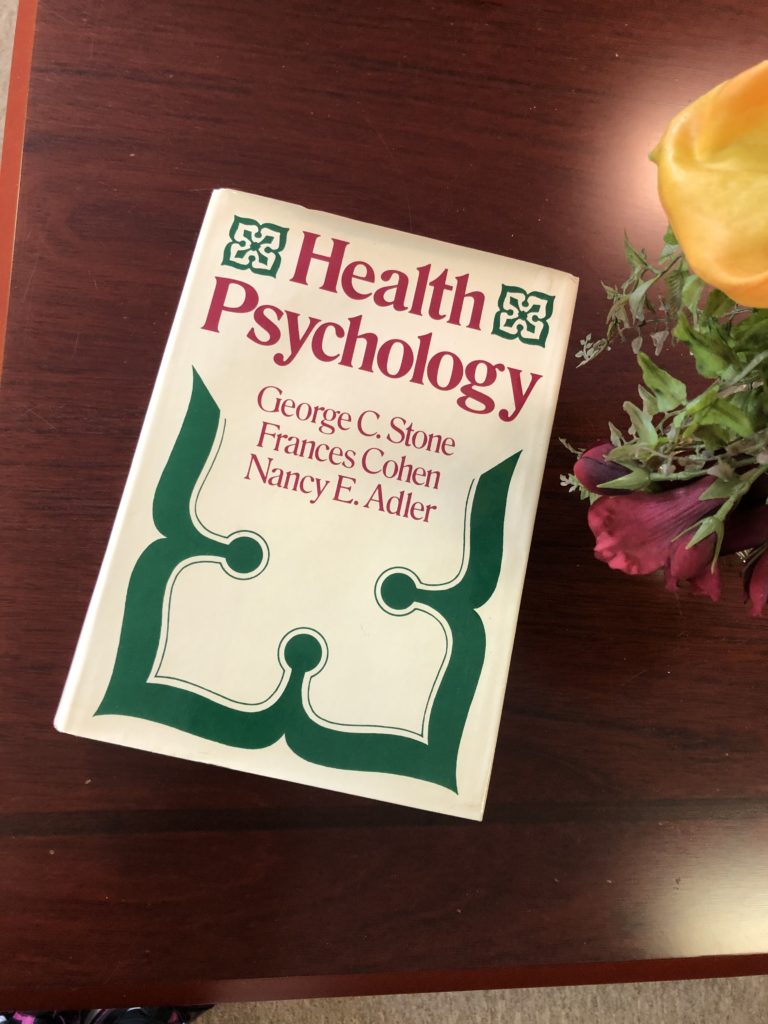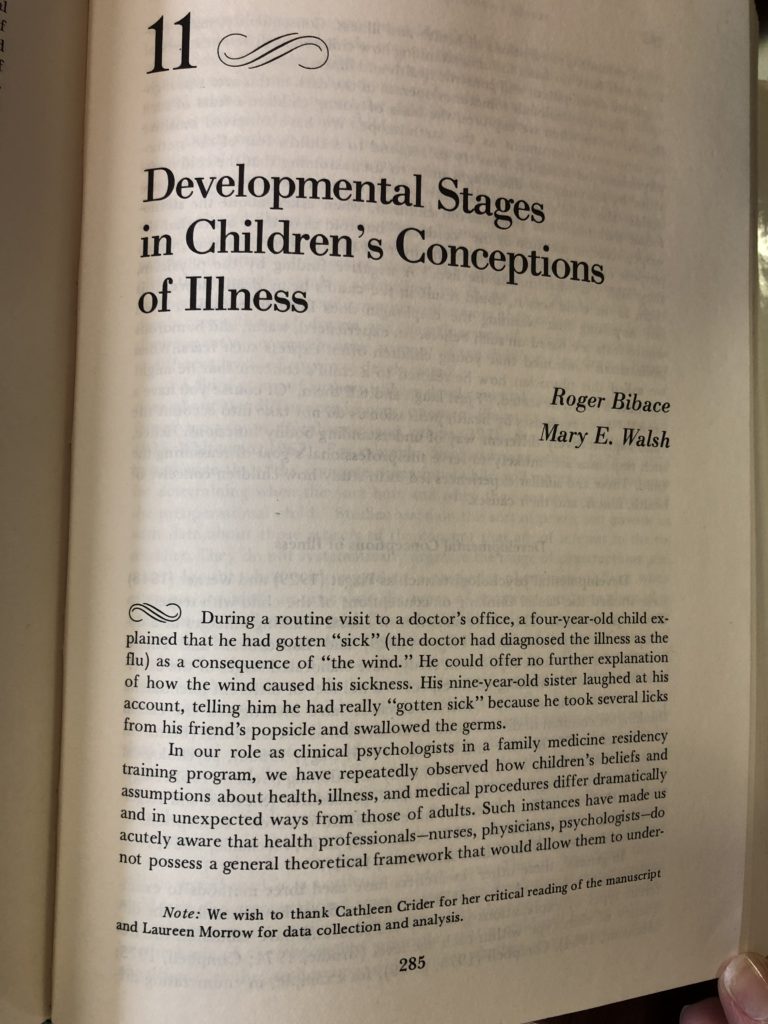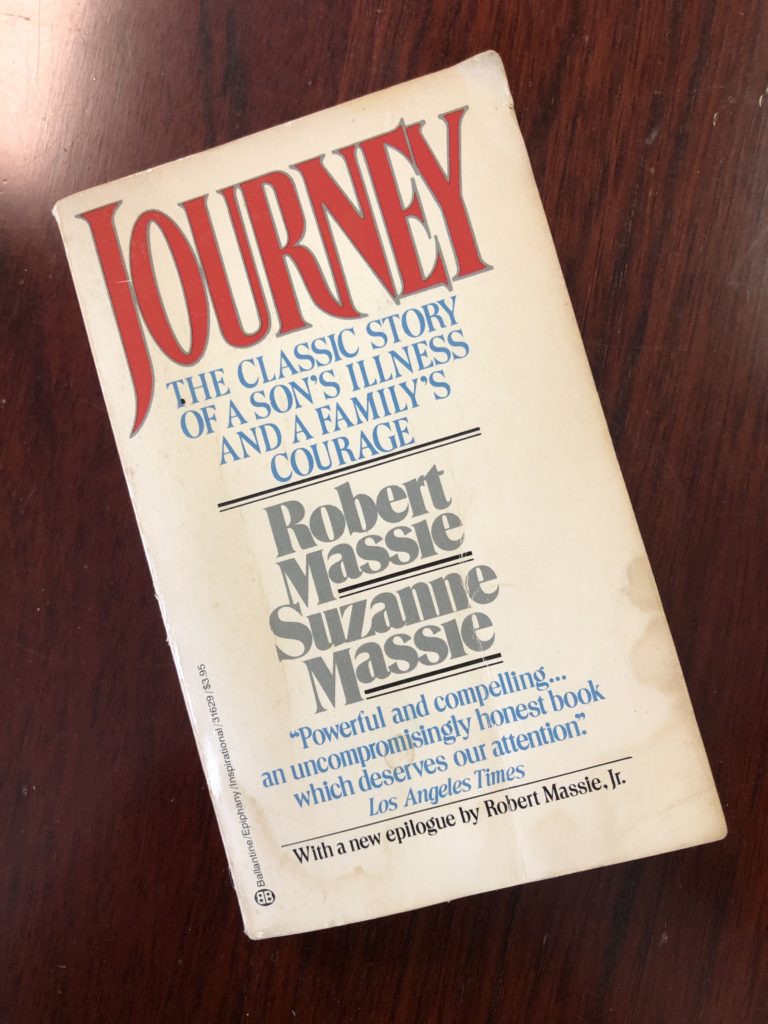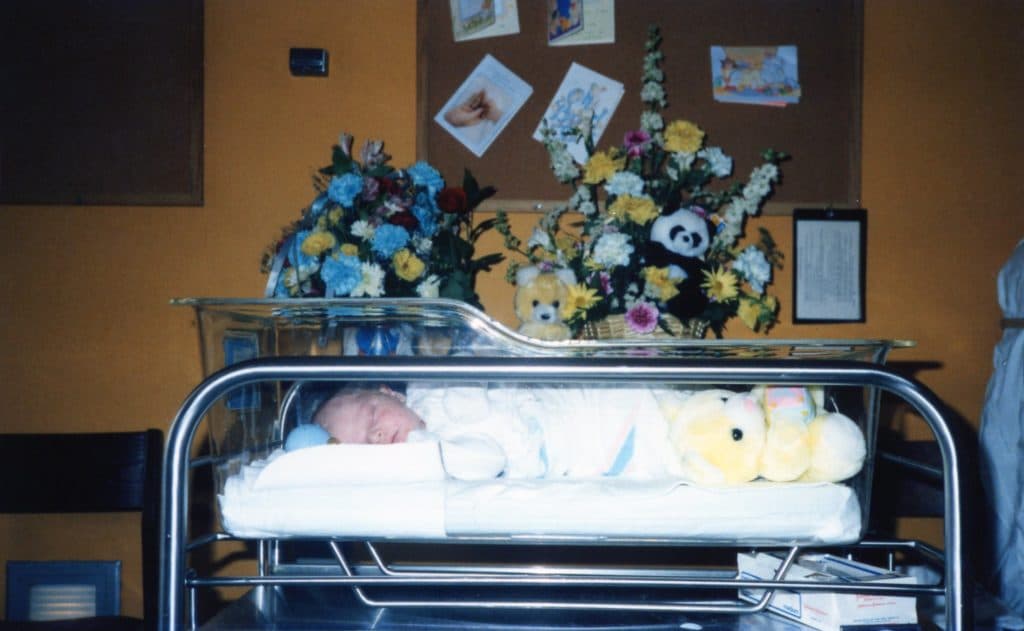Origins: Part 6 A Mission is Born
My book Raising a Child with Hemophilia was published, my second child was born, I went back to work after three months and life went on. By now we were doing home infusions, which made life so much easier.
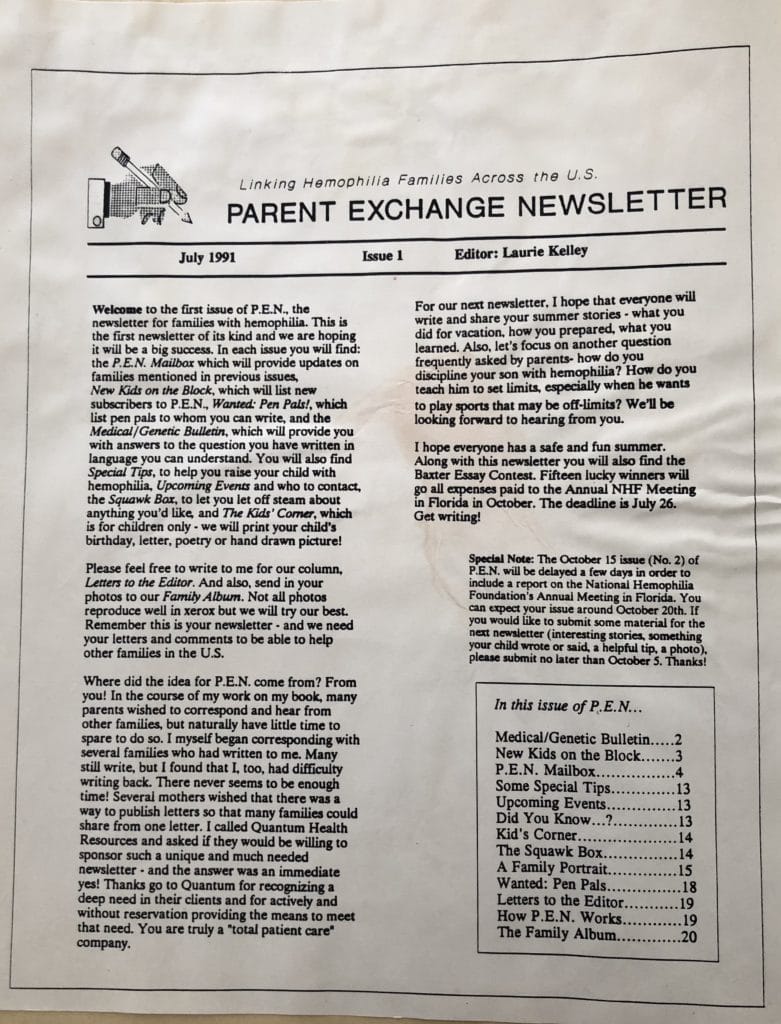
The book was given away free of charge to all. Thank you notes flooded in—many of which I still have. One mom, Sybil, called me from North Carolina, to thank me for the book, but also to propose an idea. She loved all the stories in the book, interwoven with the factual text. For many parents, it was the first time they were hearing from other parents about hemophilia. Recall in 1990 we had no internet, cell phones, Facebook, Google. We were adrift and isolated.
“Wouldn’t it be nice,” she supposed, “if we could keep those stories coming in some sort of newsletter?”
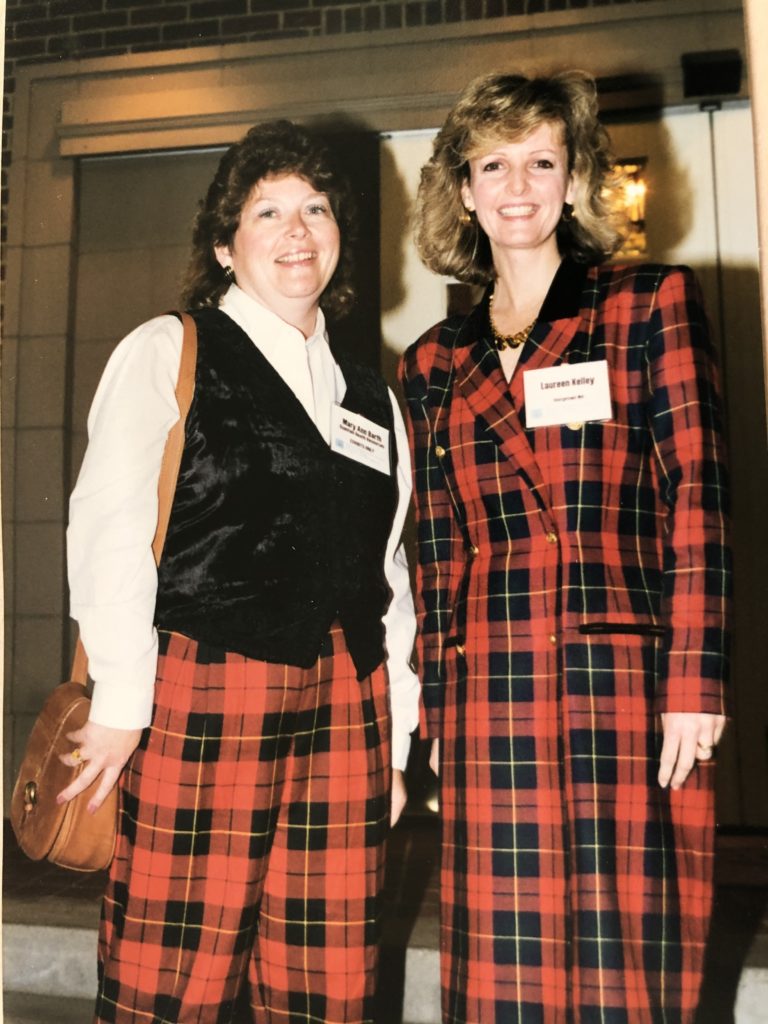
Laureen Kelley, 1994
I had had no intention of doing anything else related to hemophilia besides raise my son. But life had other plans. A newsletter? A great idea. I myself wanted those stories to keep coming. By chance, my son’s home care company, Quantum, called me. MaryAnn Barth was the director of marketing, and she loved my book too. She wanted to know if I could do “something” that Quantum could stamp their name on. Perfect timing. I suggested the newsletter, and she jumped on it. With an initial grant of $500, the Parent Exchange Newsletter (PEN) was born.
I reached out to the 150 families that I had initially interviewed and asked for more stories. All by handwritten letters! Each night I diligently typed in stories, and added photos. I was working off an old Compaq computer that weighed a ton, needed a hand cart to transport, with a miniscule screen, and black and green print. Ghastly by today’s standards! And no layout software. The first issue of PEN was cut and pasted, black and white, xeroxed, and very primitive. Our mailing list was 50 people. But it worked. People responded and PEN was born.
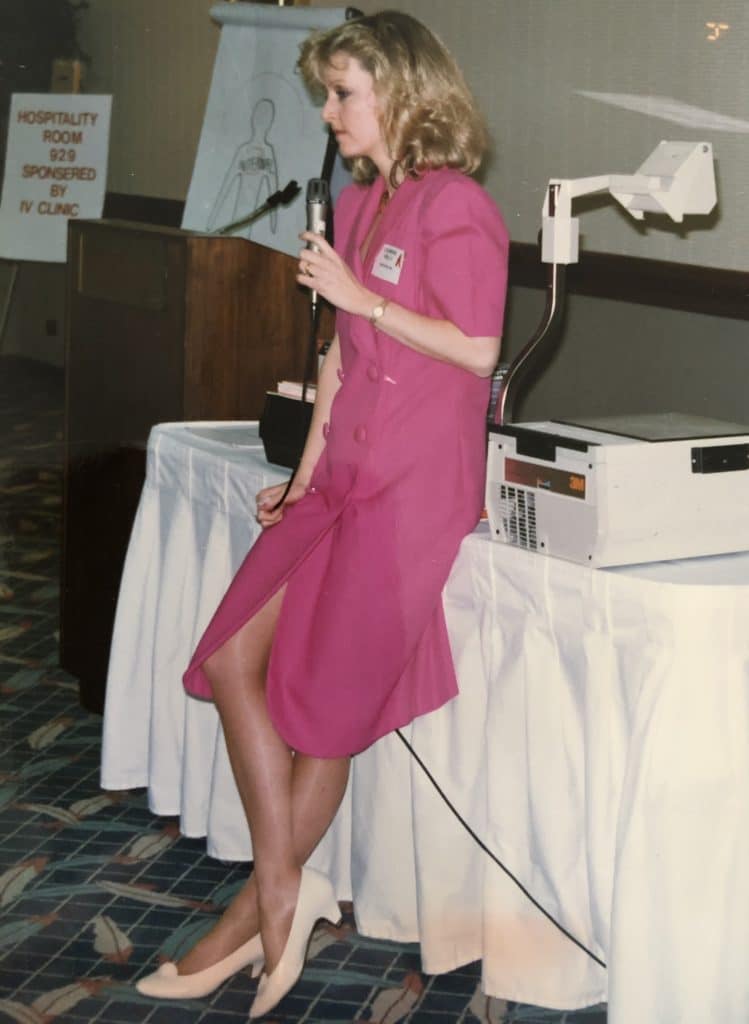
I had no idea it would continue for 30 years and become the oldest hemophilia newsletter in the country!
Book orders came in, and we added families to our mailing list, which grew rapidly. I attended my very first speaking engagement in Ypsilanti, Michigan, with a baby and toddler in tow. (Ironically, I attended the same meeting just last year and shared that this is where it all began!) I felt like a celebrity when so many parents approached me to thank me for the book, and to share their story. The number of speaking engagements increased; one mom burst into tears when she met me, and then told me how much the book helped her.
Not everyone was pleased. There was a segment of our community dealing with HIV, related deaths and lawsuits against the pharmaceutical companies that provided the contaminated factor that killed so many. This segment, and a few people in particular, believed that any fraternization with industry was tantamount to being a traitor, and they shunned me. For a young mom and novice like me, this was a huge surprise. On the other hand, I instinctively felt that I was doing a vital service to the non-HIV families, who were not being attended to, of which I was one.
Time has shown this was correct. In the end, those who were detractors eventually became colleagues and supporters, once the crisis had passed, though this took years.
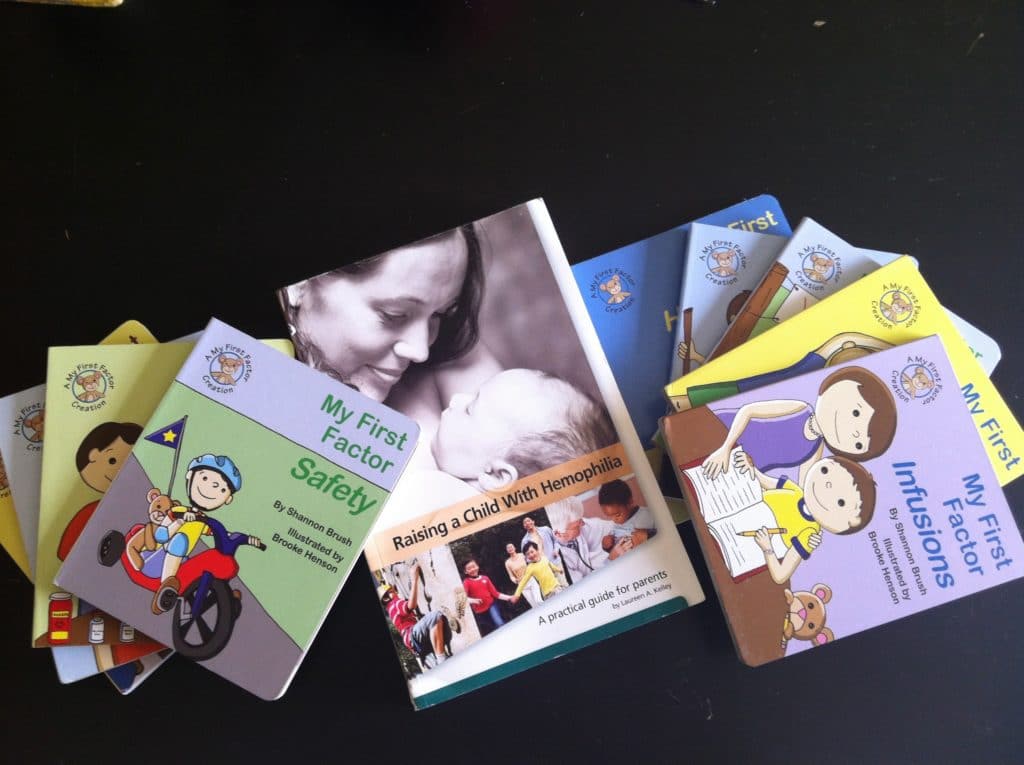
The final turning point for me came when Armour asked me to write more books. More projects. I hadn’t planned on any, but looking at my sweet children, I wanted nothing more than to stay home with them, to raise them. Working 9-5, Monday through Friday with business travel, and doing economic forecasts would keep me from them. By now I had transferred to the international department of DRI/McGraw-Hill, where I recall working once on the 25-year economic forecast for Algeria, a country I had never even visited!
I was ready for a change; I wasn’t a very good economist anyway! I saw an opportunity and took it. I lined up some book contracts with Armour. Reading stories and books to my children each night, I realized there were no children’s books on hemophilia. With my degree and published research in developmental children’s psychology, I knew I could create the kind of books I’d want my children to read. When I presented a plan for a developmental series of books, a book of stories Dr. Seuss style, and more, Armour quickly agreed and I had enough to live on for a few years. And I lowered my gas, dry cleaning, clothing, and day care bills instantly!
I quit my job in June of 1992, and devoted myself full time to my family, working evenings and some weekends on my books, both of which were a source of joy. Hemophilia became my life and life’s work.
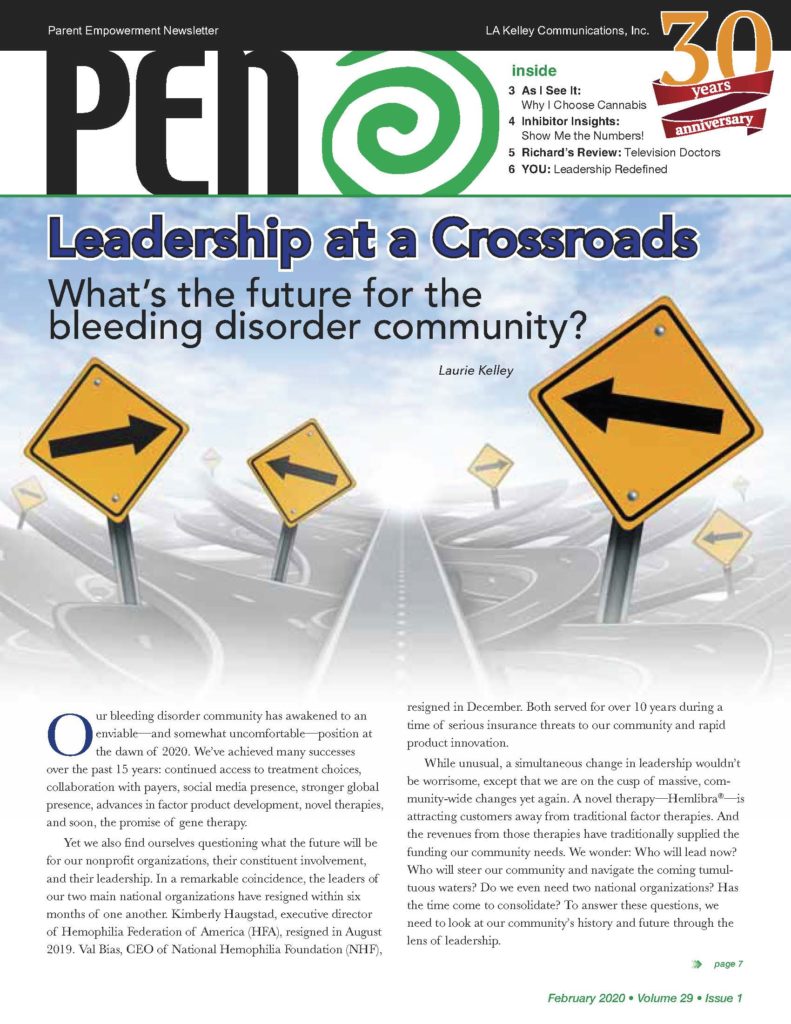
And so Kelley Communications was born! (Later renamed LA Kelley Communications when we incorporated). And I have never looked back. I can’t say that 30 years have flown by because so many amazing things have happened, with so many amazing people. It was been rich, rewarding, fulfilling. It led to working internationally, the creation of Project SHARE, Save One Life, and many firsts in the bleeding disorder community. My work became more than a book or newsletter; it became, and still is, a mission. I have found what many spend their lives seeking: purpose. When I review that odd circumstances surrounding my son’s birth, my choice of husband (who, unknown to me, had been working on recombinant factor VIII!), and many more coincidences, it seems this was all preordained.
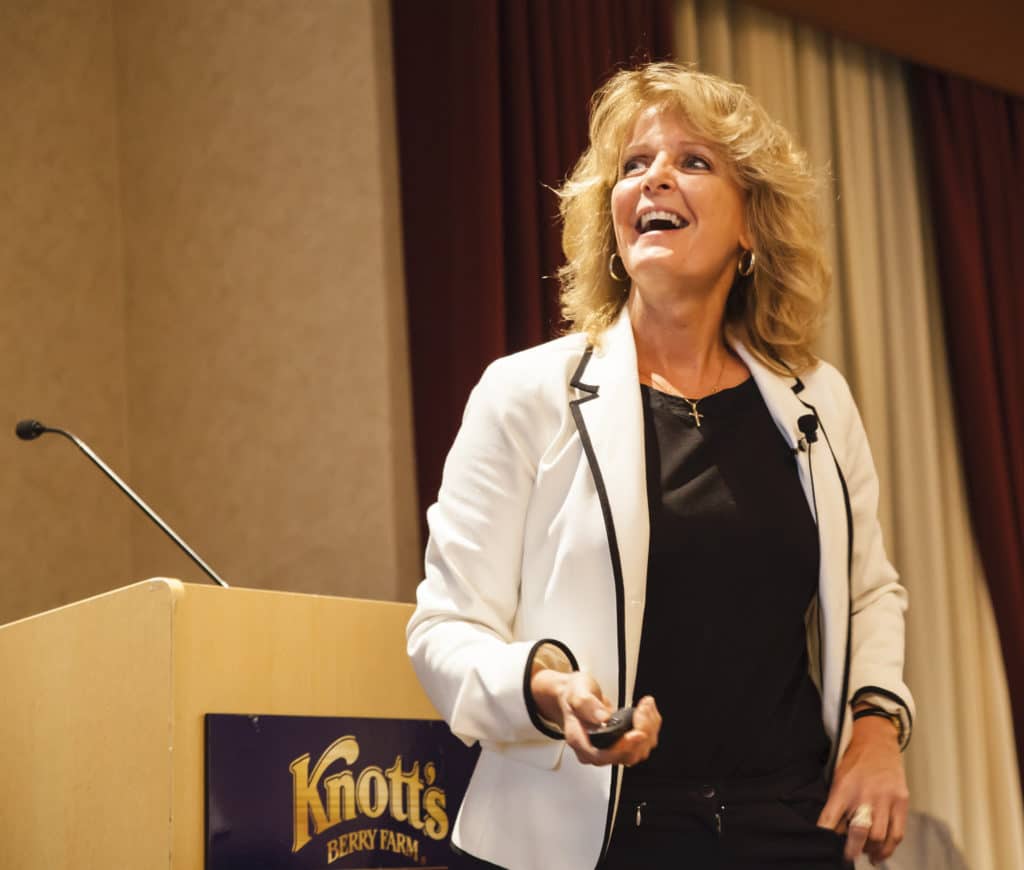
Woman on a mission!
I never used to believe that, but as I get older, I now marvel at how this all unfolded. And still is unfolding. The thing about a mission is this: you never get to retire, or stop, until you fulfill it. And we still have a lot more work to do in this global community. I look forward to contributing more, and I hope you join me on this amazing mission!
This is the true joy in life, the being used for a purpose recognized by yourself as a mighty one; the being a force of nature instead of a feverish selfish clod of ailments and grievances complaining that the world will not devote itself to making you happy. I am of the opinion that my life belongs to the whole community and as long as I live it is my privilege to do for it whatever I can. I want to be thoroughly used up when I die, for the harder I work, the more I live. I rejoice in life for its own sake. Life is no ‘brief candle’ to me. It is sort of a splendid torch which I have a hold of for the moment, and I want to make it burn as brightly as possible before handing it over to future generations. ~ George Bernard Shaw

